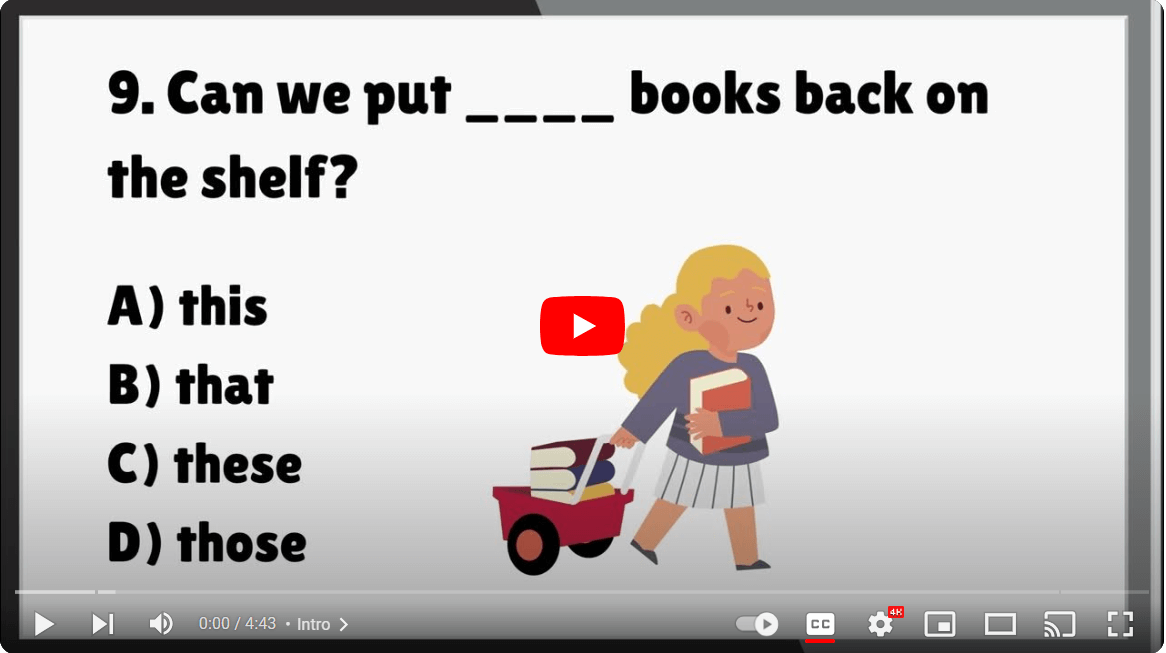Citing Sources
While instructors may require you to use any of a number of citation systems(MLA, APA, Chicago, CBE, etc.), all of these systems are designed to provide complete answers to the following two questions below.
2. How can I find this source?
Also See:
Using Quotations Effectively
Quoting Sources
We will describe below the underlying logic of citation systems and explain why it is so important to cite accurately and completely.
1. Where did the writer find this material?
Note the wording: your reader needs to know where you found the material, not just where it came from. If one of your sources quotes another source, you should cite the source you used and use a signal phrase to indicate the original ("In Honk If You're a Writer, Arthur Plotkin quotes Phillip Roth:..."). If you wish to quote the original source, you must look it up yourself. Your reader will be evaluating the quality of your research partly by the quality of the sources you consult.
The following things are considered to belong to a source author and thus require citation:
Words. The writer's original expression belongs to him/her. If you use those words, you must provide quotation marks as well as parenthetical and bibliographical citation. If you decide to paraphrase the writer's words, your paraphrase must be complete.
Ideas. A writer's ideas, insights, or interpretations also belong to him/her. If you wish to use them, you must give the writer credit. If you have an original idea and then find that one of your sources expresses the same or a similar idea, you must still give the author credit. The best way to do this might be in a signal phrase: "In Motives of Eloquence, Richard Lanham makes a similar argument; he claims that..."
- Discoveries, observations.
- Patterns, organizations, methods.
- Illustrations, figures, graphs.
Facts. Although fact do not strictly belong to a writer, your reader needs to know where you found them. Even if you have special knowledge of certain facts, you may need to find a source for them. You do not have to cite facts that are considered common knowledge, but common knowledge can be difficult to define. We consider common knowledge to be "common" to a certain group, usually the students in the class you are writing for. If you can assume that almost everyone in your class has knowledge of a given fact, you can use it without a citation. This means that common knowledge is different for, say, a lower division and an upper division American History class. When in doubt, cite.
Your reader will need to distinguish which material came from which source, and inside your text this can be tricky. If a whole paragraph in your text relies heavily on one source, usually a signal phrase at the beginning ("Smith and Rockwell (1999) provide a very useful analysis of this phenomenon. Their study suggests....") and a parenthetical citation at the end will be sufficient. If lots of sources inform a single paragraph, you will need to be fairly adroit in your use of signal phrases and parenthetical citations.
2. How can I find this source?
Your reader may want to look at the source himself/herself and will need a complete citation in order to do that. Your "List of Works Cited" is designed to give your reader that complete information. A couple of extra points:
If your source is a website, it may not be permanent. You need to provide the date of access. To be on the safe side, you may wish to print the page and attach it to your essay. See MLA Style / Citing PDF





Comments